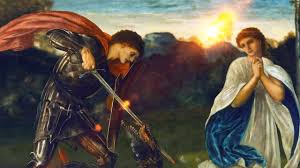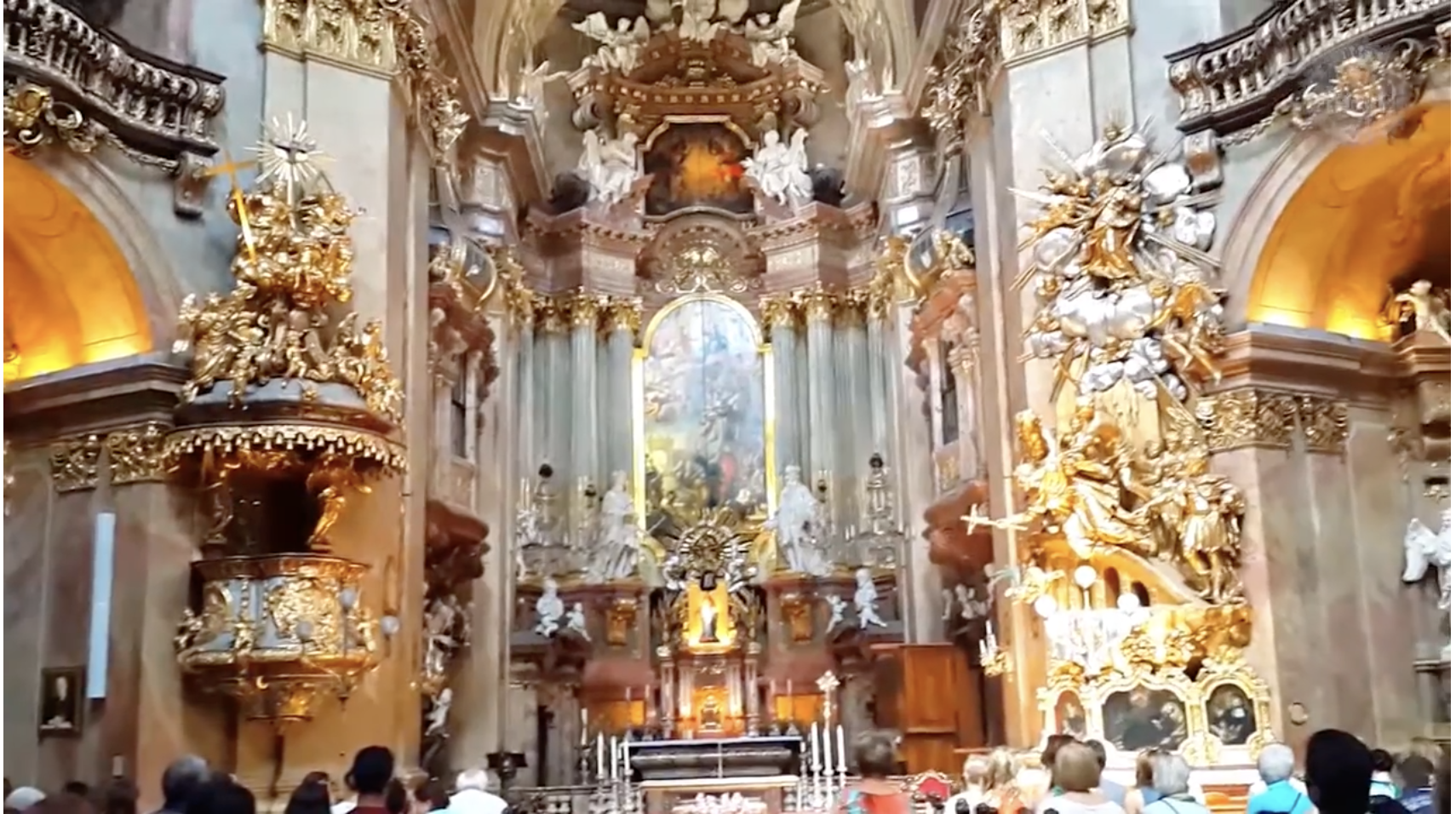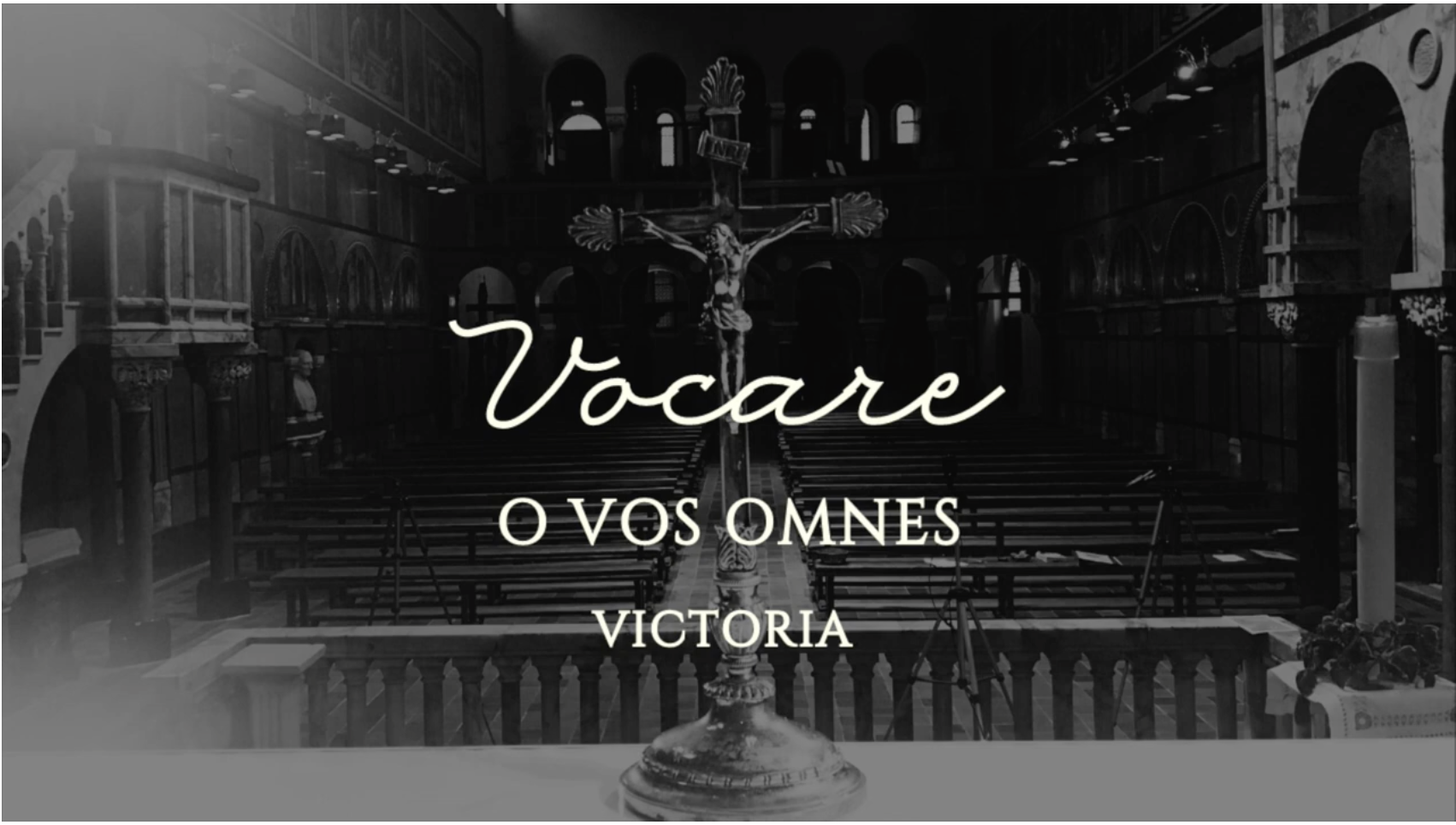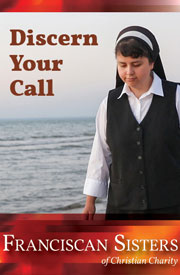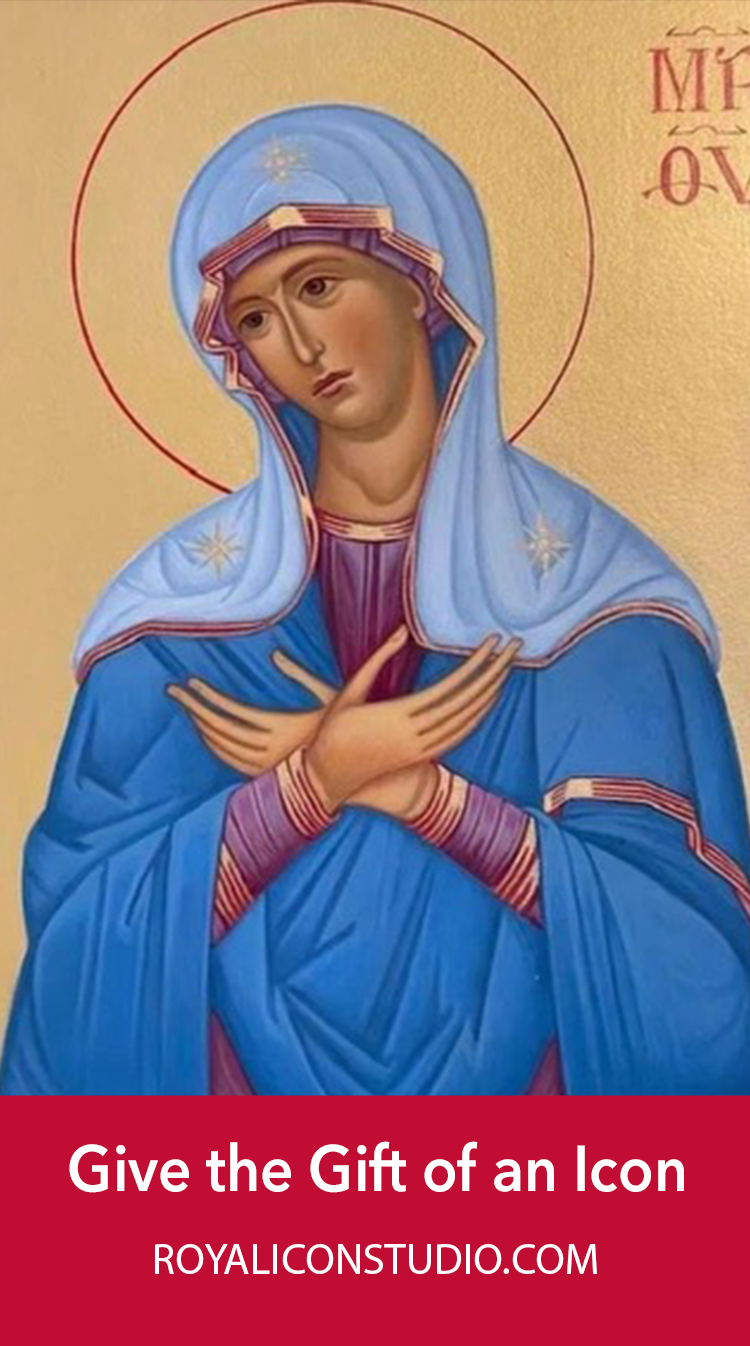Forty years ago today, the Feast of Our Lady of Fatima, Pope John Paul II was shot at close range by a trained assassin in St. Peter’s Square. Our Lady spared his life. “One hand fired,” the pope would later say, “and another guided the bullet.”
At first glance, the events of May 13, 1981 take on a political gloss. The young Polish pope posed a moral challenge to the atheist, Communist regimes in Poland and elsewhere, as his remarkable pilgrimage to Poland in June of 1979 had shown. In the face of the growing momentum of the Solidarity movement, Poland imposed martial law in late 1981. Lech Wałesa, the leader of Solidarity, would win the Nobel Peace Prize in 1983. The rest, as they say, is history: Polish Communism collapsed amidst the Revolutions of 1989. The Soviet Union itself dissolved in 1991.
We will probably never know the full story of how the pope’s would-be assassin, Mehmet Ali Agca, came to be in the St. Peter’s Square that day. We will probably never know precisely which governments or criminal organizations conspired to eliminate the successor of Peter. The most common account is that Agca was working with Bulgarian intelligence agents. And it’s unthinkable that the Bulgarians would have acted so boldly without approval – to say nothing of direct orders – from Moscow.
Be that as it may, the assassination attempt is one extraordinary episode in the greater historical drama of the late 20th century. But the geopolitical context surrounding the attempt on John Paul II’s life is just one layer of the story. Another layer of the story, more familiar to pious Catholics for obvious reasons, has to do with the apparitions of Our Lady of Fatima.
Our Lady first appeared to the children of Fatima on May 13, 1917: sixty-four years to the day before John Paul II was shot. In her messages to young Jacinta, Lucia, and Francisco, Our Lady implored them to pray for the conversion of Russia and for the consecration of Russia to her Immaculate Heart. The Third Secret of Fatima famously included a vision of a bishop in white, presumed to be the Holy Father, being gunned down at the foot of a cross.
Call it faith, call it credulity, but for those so inclined, the connection between Fatima and the assassination attempt is easy to make. Pope John Paul II certainly did. He traveled to Fatima in 1982, and again in 1991, both times crediting Our Lady with sparing his life: “I felt your saving presence beside me.” One of the bullets extracted from the pope’s gut now adorns Mary’s crown at the Shrine of Fatima.
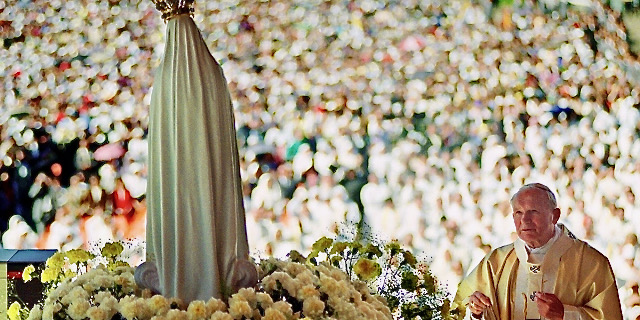
Other relics from that day in May 1981 can be seen around Poland. The pope’s blood-stained fascia (the wide band of fabric prelates wear around their middle) is preserved in a silver and glass case in the chapel of the Black Madonna at the great Marian shrine at Jasa Góra – another token of gratitude to Our Lady. The white cassock Pope John Paul was wearing that day, wrinkled and stiff with brown blood, is on display at the St. John Paul II Shrine in Łagiewniki, a stone’s throw from the Sanctuary of Divine Mercy.
Such relics are a powerful reminder that God is still at work in the world today, that miracles and wonders are not consigned to some distant, irretrievable past.
I remember thinking as a child how wonderful it would have lived in Biblical times: to have seen the wonders God worked in bringing the Israelites out of Egypt, or to witness the miracles of Jesus. How much easier would it be to believe if I had seen these things with my own eyes! How much more zealous would my faith be if such wonders had happened in my own day!
And yet. . .
How many times did the Israelites – the very same men and women who witnessed the plagues of Egypt, the Passover of the Lord, and who walked through the parted Red Sea – falter in their faith? Did those who witnessed Christ’s miracles all come to believe in him? Did Judas? Did contemporary news reports of the sun dancing at Fatima, a phenomenon witnessed by tens of thousands, convert the skeptics? Do we really believe that Mary saved Pope John Paul II? Or was it just dumb luck?
What signs of God’s action in our own day have we missed because we are too skeptical, too cynical, too eager to seem sophisticated?
We like to imagine that signs and wonders would change hearts and minds. And, of course, they do. But never quite so much as we like to think. Perhaps it is a consoling thought to know that our own scientistic, skeptical, disenchanted age is not the only one that fails to respond to the signs and wonders as we ought.
In times as strange and uncertain as our own, we can be sure that signs and wonders are all around us. God is moving in the world. Are we paying attention? Are we disposed to see what is really around us?
On this Feast of Our Lady of Fatima, it is worth remembering that the world is never so ordinary as it seems. Those little shepherd children from Portugal, like the shepherd from Poland, saw the world through eyes of faith. Theirs was not a less realistic vision of the world, but more real, because they perceived both what we see and what we too easily miss.
*Photo: [Derrick Ceyrac, AFP]


